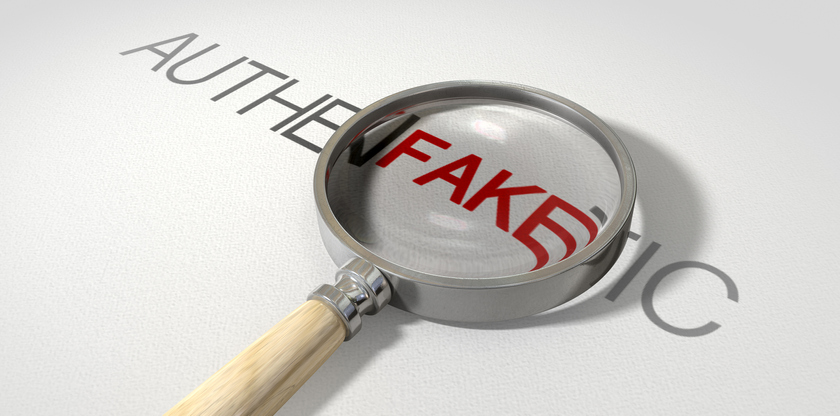Enhanced online brand protection and anti-counterfeiting measures are needed due to the current pandemic: as demand from e-commerce consumers increases, so does the market for counterfeits.
Background
A recent report from EUROPOL, the European Union’s law enforcement agency, provides an overview of how criminals are adapting to profit from the covid-19 pandemic.
Findings include that the distribution of counterfeit or sub-standard goods has been a key area of criminal activity. The sale of counterfeit healthcare, sanitary products, personal protective equipment and pharmaceutical products has drastically increased since the outbreak of the crisis.
This applies to both online and offline sales. However, considering the numerous ‘stay at home’ orders in effect globally, there is a predisposition for online sales.
EUROPOL confirms in the report that the number of offers for counterfeits and sub-standard goods will continue to increase online. In addition, counterfeiters will use shortages in supply chains to aid their profiteering efforts.
Strategy
As counterfeits of a sub-standard quality or products which do not produce the effect needed can be a serious threat, not only to consumers’ health but also to the brand at issue, trademark and design owners are advised to adapt their enforcement strategy in light of the current situation.
Now may also be a good time to refine or initiate a triage system, assigning priority to respond to counterfeit efforts that are likely to have the biggest impact on the brand’s reputation and market share.
E-commerce platforms often have their own takedown procedures, which vary from site to site and may have changed as a result of the current situation. Brand owners should familiarise themselves with any changes in practice to ensure that takedown efforts for counterfeits or sub-standard goods can happen as quickly as possible. Platforms may be experiencing delays in attending to requests as a result of the situation, but it is important that brand owners continue to initiate procedures as soon as they discover, or are alerted to, counterfeit products.
Public awareness campaigns have ramped up over the past few months but, for some consumers, their focus may not be on counterfeits or sub-standard goods. If resources are available, brand owners should remind consumers to check carefully and verify that products are genuine where possible.
Outlook
While companies engaged in the production of healthcare and pharmaceutical products are the most affected, as countries resume production it is likely that other industries will be affected too.
Brand owners should look ahead and ensure that any strategy in place can meet a sudden increase in counterfeit and sub-standard products, and that resources are available to tackle sophisticated efforts that could be detrimental to their market share.
This article first appeared on WTR Daily, part of World Trademark Review, in May, 2020. For further information, please go to www.worldtrademarkreview.com.





